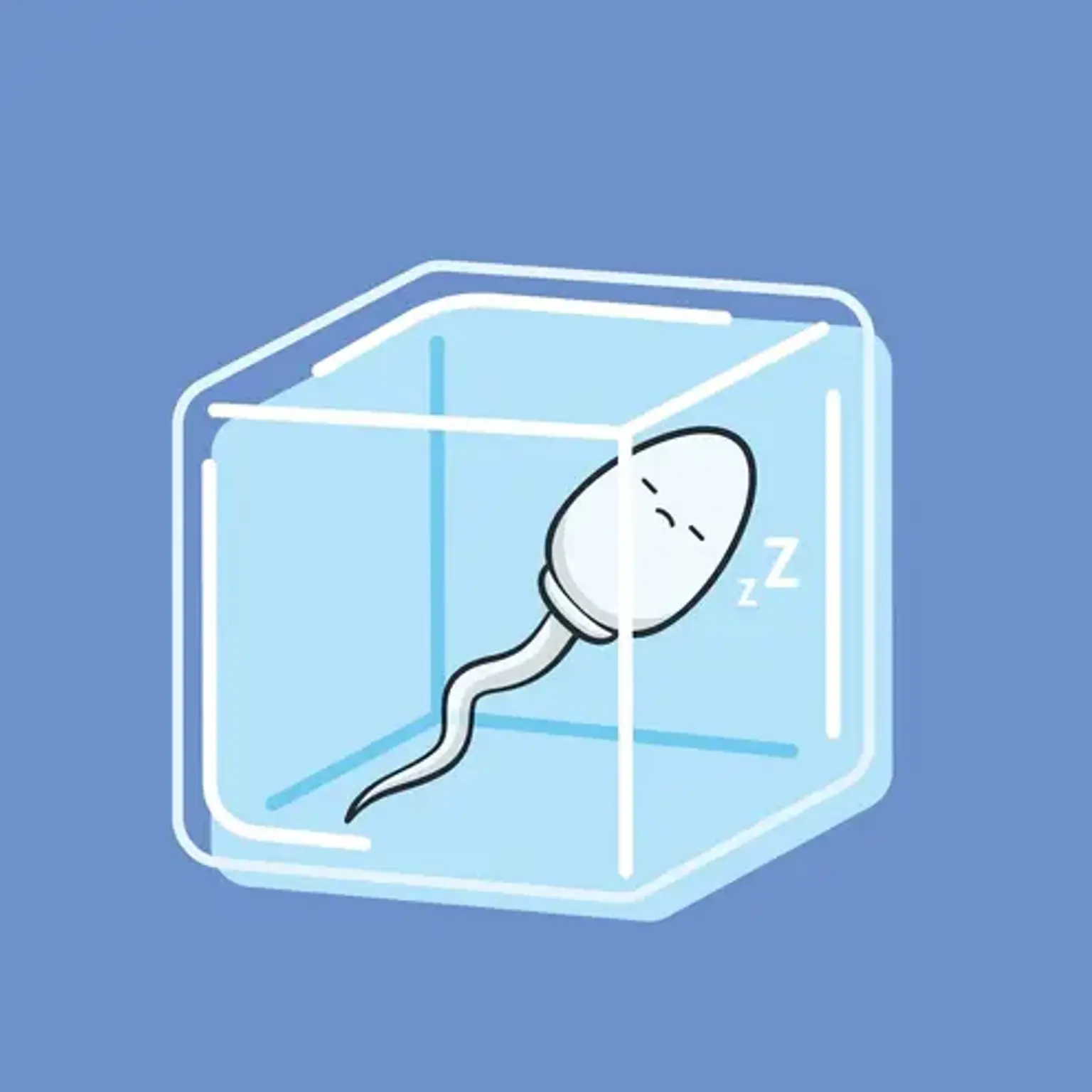Sperm Freezing
What is sperm freezing?
Sperm freezing is the collection, analysis, freezing, and storage of a man's sperm. The samples are then utilized to manage infertility or donated to other couples or individuals, including same-sex female partners. This procedure is known as cryopreservation, and it is also known as sperm banking.
Sperm freezing is the practice of freezing one or more sperm samples in liquid nitrogen for later usage when healthy sperm may be more difficult to get. Essentially, sperm freezing maintains your ability to become a biological parent, independent of age, sickness, accident, medical treatment, or life path.
Sperm freezing and storage is the process of freezing sperm cells to preserve them for future use. Scientists use a specific medium to freeze the sperm, then preserve it in liquid nitrogen at minus 196 degrees Celsius for several years while preserving reasonable quality.
